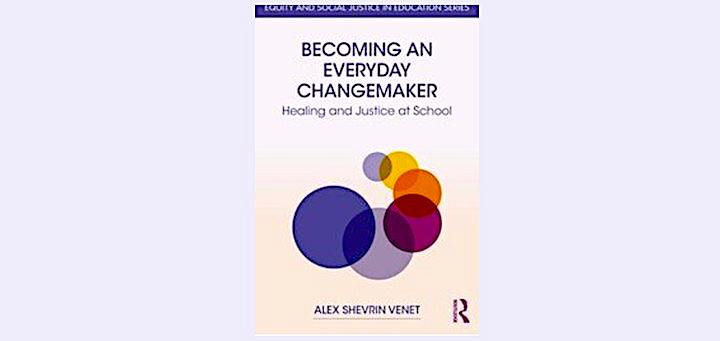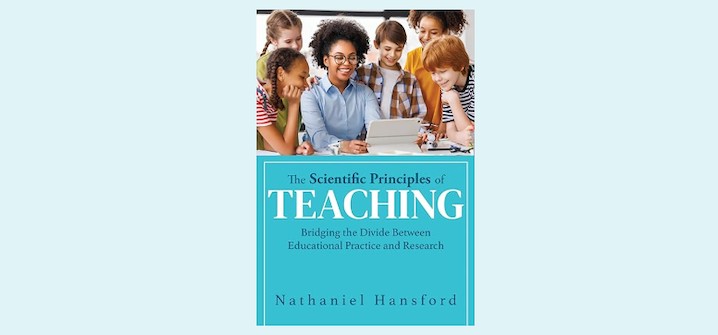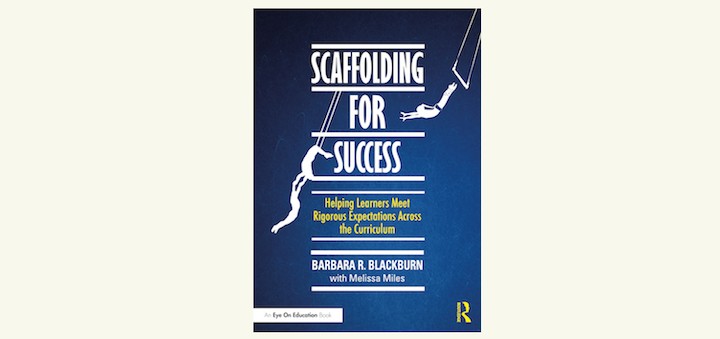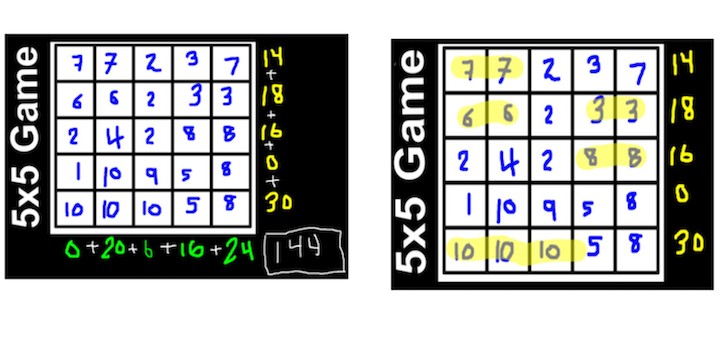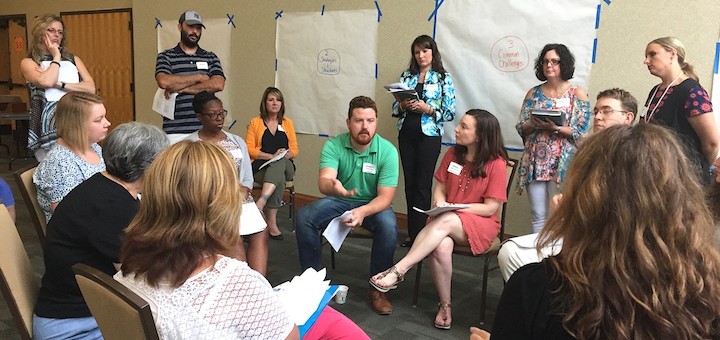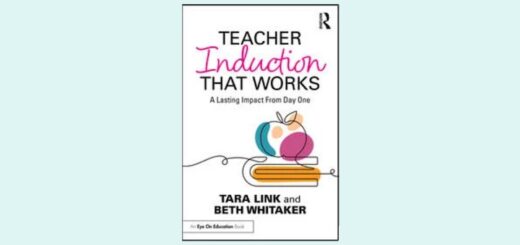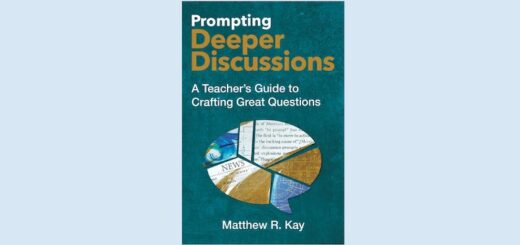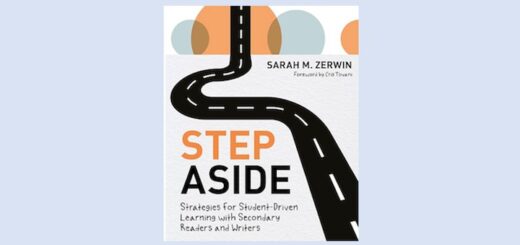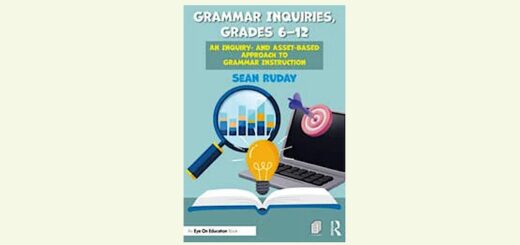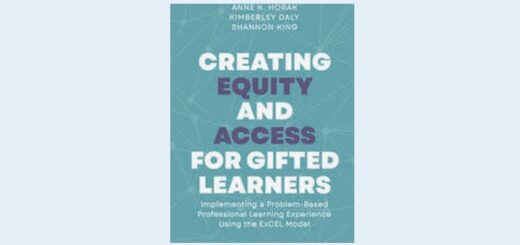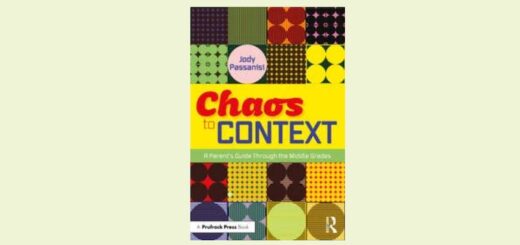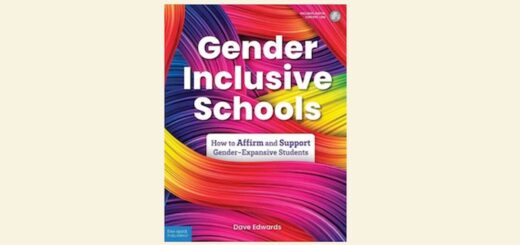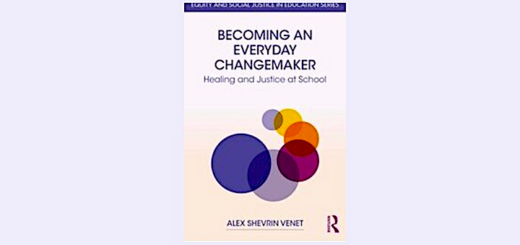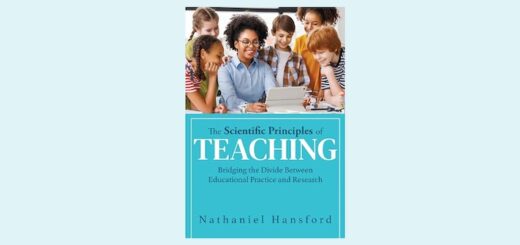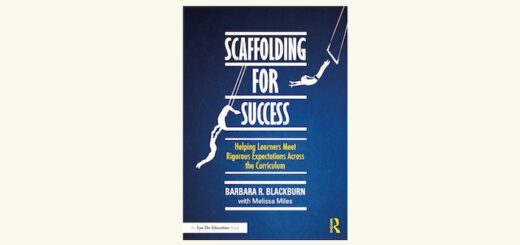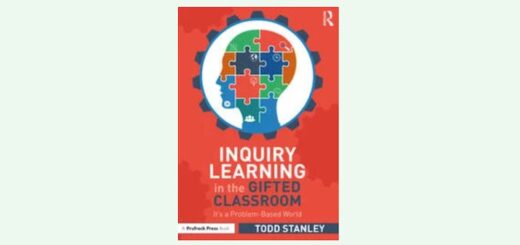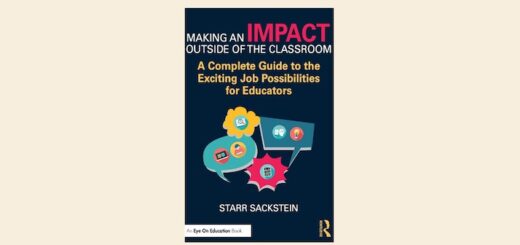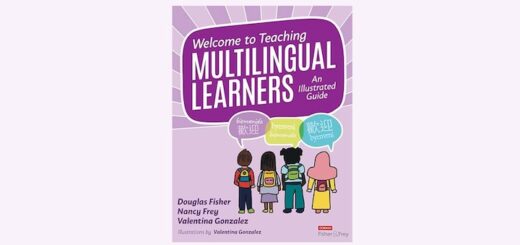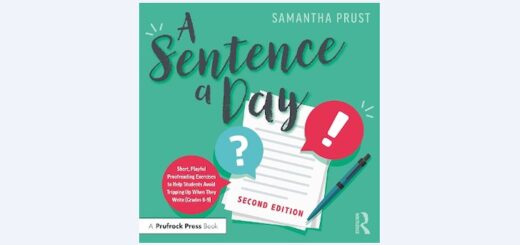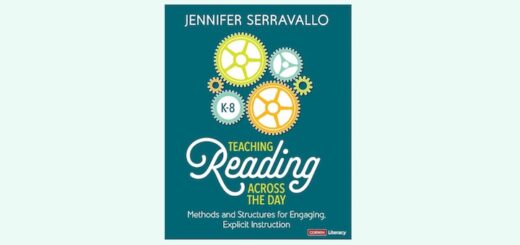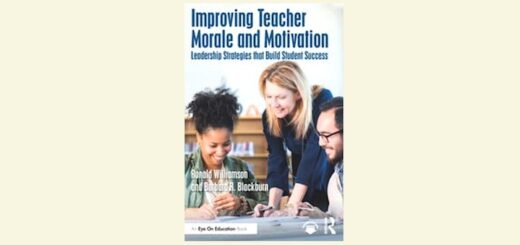Teaching and learning in grades 4-8
Alex Shevrin Venet guides educators on how they can become effective, equity-centered, trauma-informed changemakers to provide healing and justice at school. Her book includes many insights, moments of reflection and useful exercises, writes education consultant Randy Ross.
When we shape our teaching practice around wholeness, we intentionally deepen the presence of social-emotional learning in our classrooms. This deepening allows us to connect to ourselves and to our students. Sabrina Winkleman shows the importance of reflection in the process.
Katie Durkin’s students were asking for more feedback on their realistic fiction writing assignment than she could possibly provide. With some hesitation, she decided to see if AI could help. Learn about the procedures she developed and why she’s pleased with the results.
With summer here and most schools done for the year, MiddleWeb has pulled together a diverse set of deep-dive PD articles you might have missed. They’re insightful, informative and actionable!
Sarah Pennington recommends The Scientific Principles of Teaching to educators in pk-12 and higher education due to its reader-friendly, well-researched content, and Nathaniel Hansford’s attention to a dozen of the most common controversies that surround the practice of teaching.
Teaching dystopian fiction offers students a meaningful way to engage with literature and social issues while developing critical thinking skills. Kasey Short suggests discussion questions, activities, and a sample of dystopian novels and short stories to capture students’ attention.
Endings – whether for middle or high school – are all about what comes next. We help students learn so they will be able to bring their learning forward to face new challenges. Students can benefit from our making these moves more explicit. Laurie Miller Hornik offers strategies.
In “Scaffolding for Success” Blackburn and Miles explore the intricacies of educational scaffolding, offering educators a comprehensive framework to design supportive learning environments that enhance student engagement, learning and achievement, writes Melinda Stewart.
Teacher Michelle Russell likes to have some short activities on hand, in case she needs to fill extra time during math class. Here she shares several fun fillers that are easy to access, don’t require prep, and increase students’ math fluency, logic skills, or number sense.
We are living in an uncertain time with significant stress on institutions, including schools. Leaders play a critical role in helping their school community weather change and continue their commitment to serving each student. Williamson and Blackburn offer actionable advice.

